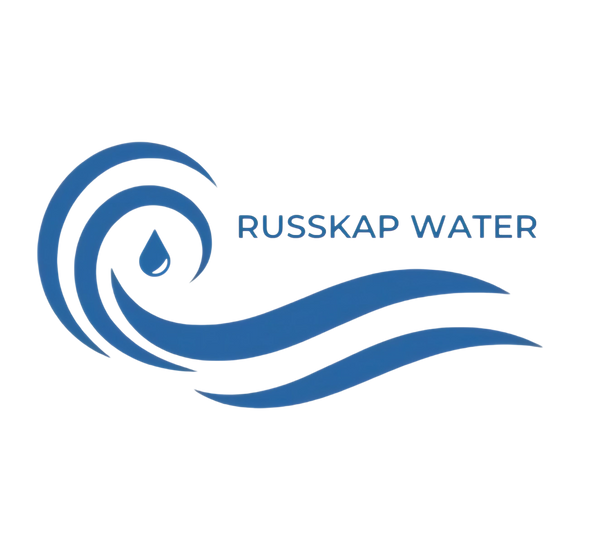Water scarcity, water contamination, and water sustainability are some of the biggest challenges facing humanity today. According to the United Nations, 2.2 billion people lack access to safe drinking water, while the World Health Organization estimates that contaminated drinking water is responsible for more than 485,000 deaths each year. At the same time, the increasing demand for water for residential, commercial, and industrial use is putting pressure on existing water resources. In many parts of the world, groundwater reserves are being depleted faster than they can be replenished, and surface water sources are becoming increasingly polluted. In recent years, Atmospheric Water Generation (AWG) technology has emerged as a potential solution to address these challenges. In this blog post, we will briefly explore how AWG is helping to address the issues of water scarcity, water contamination, and water sustainability.
Water Scarcity
Water scarcity is a major challenge facing many parts of the world, particularly in arid and semi-arid regions where access to freshwater is limited. According to the United Nations, by 2025, half of the world's population will be living in water-stressed areas. AWG provides a promising solution to this challenge by harnessing the abundant, fully-renewable, and relatively untapped supply of freshwater in Earth’s atmosphere.
AWG technology can be used to produce water in remote areas with limited access to freshwater. For example, in rural communities in developing countries, where access to water is limited, AWG can provide a sustainable and reliable source of clean drinking water. The technology can also be used in urban areas to supplement existing water supplies during periods of drought or other water shortages. This can help to reduce the pressure on existing water resources and ensure that people have access to clean, safe drinking water.
Water Contamination
Water contamination is another major challenge facing many parts of the world. Contaminated water can cause a range of health problems, including diarrhea, cholera, and other waterborne diseases. According to the World Health Organization, at least 2 billion people use a drinking water source that is contaminated with faeces.
AWG provides a unique solution to this challenge by producing water that is free from contaminants using an insulated process. Unlike other water sources, such as groundwater and surface water, AWG technology does not rely on raw water sources that can become contaminated. Instead, it extracts water directly from the air, producing water that is free from impurities and contaminants. By creating water from air on-site at the point of need, AWG also avoids the risk of water contamination during transport. This is particularly important in areas where access to clean water is limited, as it can help to prevent the spread of waterborne diseases and improve overall public health.
Water Sustainability
Water sustainability is another critical challenge facing many parts of the world. The increasing demand for water is putting pressure on existing water resources. In many parts of the world, groundwater reserves are being depleted faster than they can be replenished, and surface water sources are becoming increasingly polluted. This has contributed to the rise of bottled water as a source of drinking water for many people, but this has created its own set of problems. The production, transportation, and disposal of bottled water can have significant environmental impacts, including greenhouse gas emissions and immense amounts of plastic waste. Throwaway plastic water bottles are one of the leading contributors to global plastic pollution and with a 450 year decomposition cycle, they tend to overwhelm landfills.
AWG can help address these challenges by providing a sustainable source of clean and healthy drinking water without creating any waste or byproducts. AWG does not rely on finite water resources such as groundwater or surface water, but instead extracts water directly from the renewable supply in the air. By creating water at the point of need, AWG also eliminates the need for throwaway packaging used for transport. This allows AWG to provide a long-term, sustainable source of water that does not put additional pressure on existing water resources or cause negative environmental impacts. Furthermore, AWG can be powered by renewable energy sources such as solar or wind power, making it a clean and fully-renewable solution for water production.
Learn more about how Atmospheric Water Generation is improving global drinking water sourcing at russkapwater.com.

